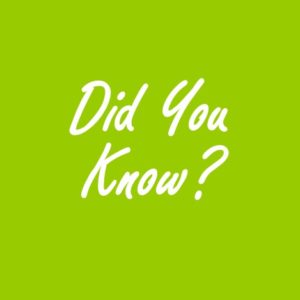 The head louse is a tiny, wingless parasitic insect that live and breed only on the human head and feeds on tiny amounts of blood drawn from the scalp… They are stuck to the hair shaft with a cement-like substance and cannot simply be washed out of the hair… Lice don’t care if hair is clean or dirty, straight or curly, long or short!… Did you know that head lice can’t jump?… Did you know that away from the human head head lice will die within 24 hours?… Oh, and did you know…
The head louse is a tiny, wingless parasitic insect that live and breed only on the human head and feeds on tiny amounts of blood drawn from the scalp… They are stuck to the hair shaft with a cement-like substance and cannot simply be washed out of the hair… Lice don’t care if hair is clean or dirty, straight or curly, long or short!… Did you know that head lice can’t jump?… Did you know that away from the human head head lice will die within 24 hours?… Oh, and did you know…
I call them buggies, my friend calls them itchies, some say nits, some say head lice but what is the correct terminology?
Terminology |
||
| Nits | Eggs – resembles dandruff (and baby lice hatched) | 0-7 days |
| Nymph | Baby to Teenager (3 stages) – bigger but not mature | 8-17 days |
| Adult | Hungry, mating, egg laying females | 17-35 days |
| Louse | 1 Adult | |
| Lice | More than 1 (or many) – Plural for Louse | |
Everyone and Anyone can (and does) get head lice – young or old. Lice, like the common cold, are part of the human condition.
The head louse is a tiny, wingless parasitic insect that live and breed only on the human head and feeds on tiny amounts of blood drawn from the scalp.
Lice don’t fly, jump or swim…they crawl!
Head lice grab onto the strands of the hair with the claws on their legs and, once attached, they can crawl pretty quickly along the hair and make their way to the warmth of your scalp!
Head lice and head lice nits are found almost exclusively on the scalp, particularly around and behind the ears and near the neckline at the back of the head.
Extremely common! It has been estimated that one in five primary school children are infested with head lice at any one time
Not dangerous, but are contagious (and annoying).
Signs and symptoms of head lice infestation include tickling feeling of something moving in the hair, itching and constant scratching and small red dots (possibly at the back of the neck or behind the ears) indicate where the head lice have been feeding.
They are stuck to the hair shaft with a cement-like substance and cannot simply be washed out of the hair.
Preschool and Primary School aged children (3-11), and their families are infested most often.
Children will most commonly get head lice by direct head to head contact with other children who have head lice – think play at school or home, sports activities, at sleepovers or on school camps.
Girls get head lice more often than boys, women more than men.
Lice don’t care if hair is clean or dirty, straight or curly, long or short! They stay close to the scalp to feed off our blood.
Personal hygiene or cleanliness has NOTHING to do with getting head lice. While they can spread, they DO NOT CARRY DISEASE and they do not mean that you, your kids or your home are in any way unclean.
Dying your hair does not make you safe from head lice! The chemical smell of hair dye fades away after a few washes.
Head lice will usually die within 24 hours if not on a human head! Without a fresh feed of blood, they will die.
Lice can survive underwater, i.e swimming will not drown them!
Head lice cannot live on furniture, carpet or the family pets – human head only!
Homes and schools don’t get head lice, people do. Don’t go crazy vacuuming your house every day. Vacuum the main living areas, couches, rugs and car one time and then forget about it!
BEST NOT TO SHARE combs or brushes, best not to share hats pillows or towels – keep girls’ hair tied back for school
BUT ALSO KNOW … that sticking to your Nitflixx routine is working for you week by week in keeping the bugs away!